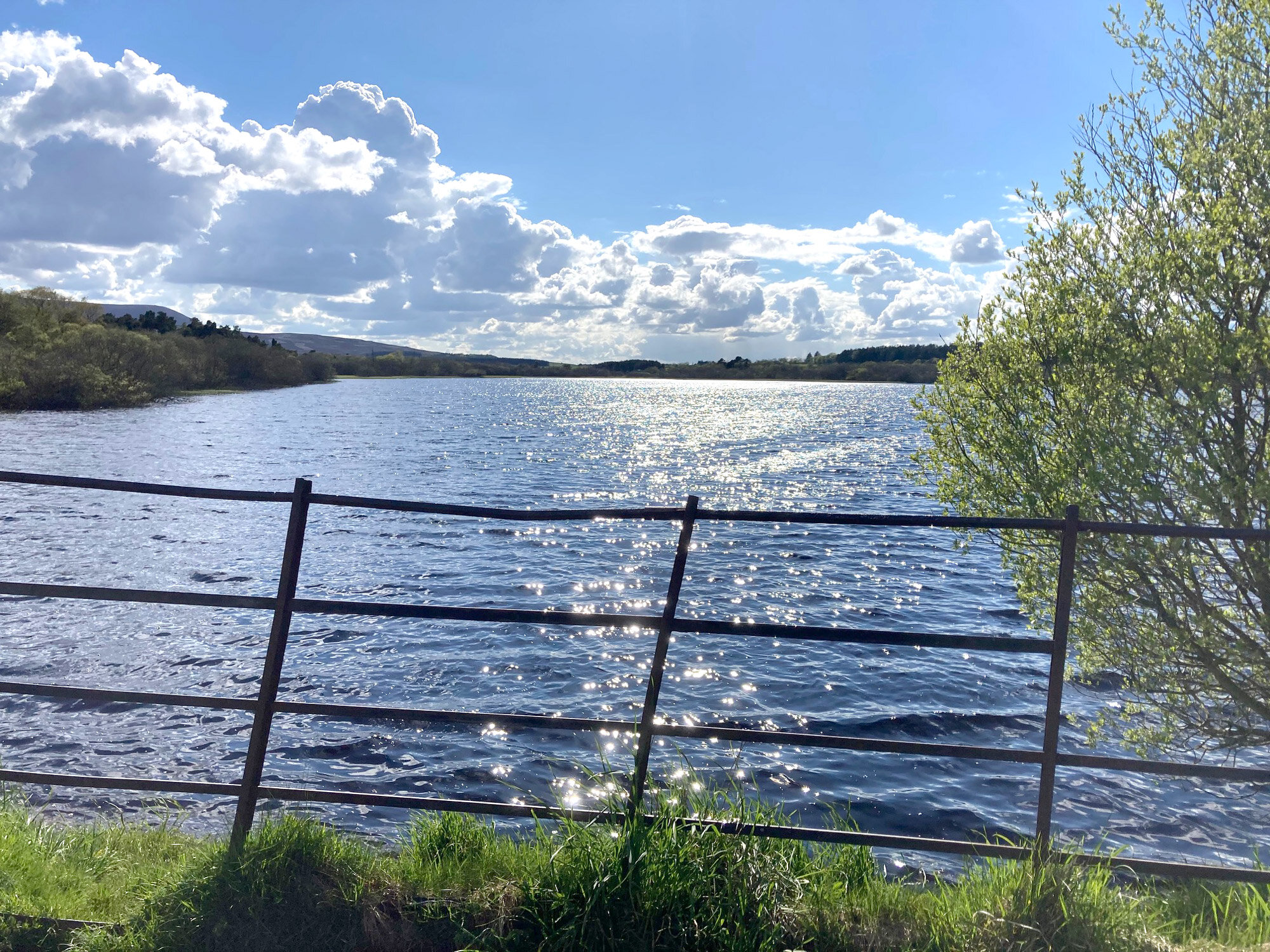
Our Wildlife Management
Bavelaw Estate - accredited Wildlife Estate Scotland (WES)
Dream it - WES background
Wildlife Estates (WE) was first promoted as a best practice concept in 2004, with the European Landowners Organisation (ELO) taking the lead on its development as a LIFE project from 2005.
It gained enthusiastic support from the EC’s Directorate-General Environment in Brussels, paving the way for a Scottish equivalent in 2010, with the first pilot estates gaining accreditation in 2013. 19 European countries now support the WE Initiative.
Build it - WES mission
The Wildlife Estates Scotland (WES) initiative aims to promote the best habitat and wildlife management practices, build recognition and raise standards. The key aims of the initiative are to:
Promote best practice in wildlife and habitat management
Build information on species and their habitats, wildlife management, conservation projects and integration with other land uses to monitor continuous improvement
Use information to engage public and private stakeholders in encouraging best practice management for further maintenance of Scotland’s biodiversity
Bavelaw Estate gains Wildlife Estates Scotland (WES)
Bavelaw Estate in the Pentland Hills has passed our WES accreditation assessment in May. Over the last five years, The estate have enhanced habitat across the board, including planting over 50 ha of mixed native woodland, peatland restoration, the creation of wetland areas, including wader scrapes and ponds, restoration of riparian habitats and heather and bracken swiping as well as connecting wildlife corridors. Additionally, restoring 7,861 sq Km of public access paths.
The assessor was extremely impressed with the integrated management direction the Estate is taking and specifically referenced the undeniable passion and enthusiasm for nature that both the landowner and his employees have.
Data collection
We are working on a downloadable mobile app that logs data and makes available to everyone sightings of common birds and more exotic migratory visitors. The Meadow Pipit above uses the estate as a migration route, looping over the Firth of Forth and then down South.
We are grateful to the BTO (British Trust for Ornithology) for all their assistance in collecting and making available this data.
Ecology & education
It is essential that we follow the Muirburn code The burning and cutting of rank old heather rejuvenates young healthy growth and stops accidental destructive wild fires and deep peat destruction, It also provides a varied growth habitat and valuable nutritious food for wildlife that is dependant on heather.
The Education of the habitat, the ecology and nature that lives on the Estate is a project we are working on for 2022. With a dedicated member of the estate team updating accessibility to information. We are also fortunate to have the continued support of WES.
Shared Responsibility
Bavelaw is the home to a range of extraordinary rare and beautiful ground-nesting birds, like the magnificent Skylark pictured above. By the nature of their breeding, nesting on the moorland and open landscape, they are hugely vulnerable to predation, human disruption and the weather. The Estate is one of only a handful of conservation sites left in the Scottish central belt, where breeding is possible,
It is easy to help contribute to their conservation and protection of habitat by - please keep to the paths and keep dogs on leads.





